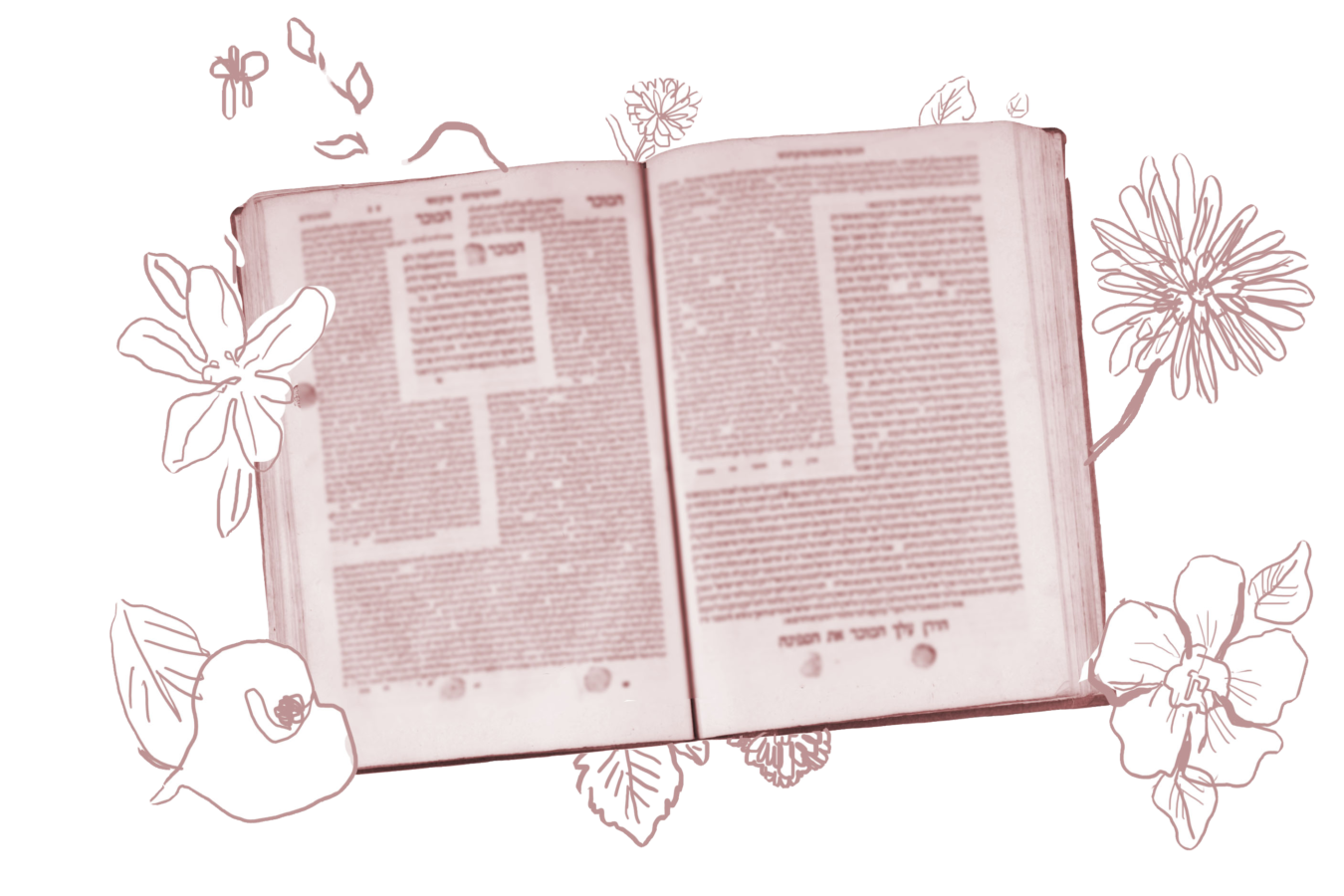Taking out the trash. Sorting laundry. Changing linens. Emptying the dishwasher. Everyone has their least favorite household chore, the task that they’d love to outsource on a permanent basis. (Mine is mopping the floor.)
If you’re an especially strong hater of cleaning up after a meal, today’s page of Talmud is for you. We start with a passage from the Mishnah discussing what you can clear from the Shabbat table:
Beit Shammai say: One may clear bones and shells left from the Shabbat meal from the table with his hand. And Beit Hillel say: One may remove the entire board (tavla) that is the table surface and shake the bones and shells off of it, but he may not lift them with his hand because they are set-aside (muktzeh) and may not be moved. One may clear bread crumbs from the table, even if they are less than an olive-bulk, and pea and lentil pods. Even though it is not fit for human consumption, it may be moved because it is animal fodder.
Wait! you might be saying, Beit Shammai is stricter than Beit Hillel! What’s going on here? Fear not: the Talmudic rabbis do their own literary clean up in the next passage and conclude that the Mishnah accidentally got things a bit backwards here. But let’s stay focused and head back to our own tidying.
To understand the challenges with cleaning off the table, we need to revisit the concept of muktzeh — items that can’t be legitimately used on Shabbat and are generally forbidden to touch and move — which we’ve explored earlier in this tractate. Food that can be eaten, either by human beings or animals, can be moved on Shabbat and isn’t muktzeh. Anything inedible and unusable, such as nutshells, can serve no legitimate Shabbat-acceptable purpose and therefore can’t be moved because it’s muktzeh.

Help us keep Jewish knowledge accessible to millions of people around the world.
Your donation to My Jewish Learning fuels endless journeys of Jewish discovery. With your help, My Jewish Learning can continue to provide nonstop opportunities for learning, connection and growth.
This conclusion is ultimately incorporated into later Jewish legal codes, with additional subtleties. For example, leftovers that aren’t fit for humans or commonly kept animals, but are consumable by something a little more exotic (think ostriches and elephants) can be moved only if you actually have one of those rarer animals around. In short, if it’s edible by you or something you have (or might realistically have) in your house, feel free to clean it up. Otherwise, nope. In the words of Paul McCartney, let it be (at least until Shabbat is over).
But those of you who hate clearing the table, don’t get too excited yet! Because what exactly should we do with our detritus on Shabbat? In his majestic code of talmudic law, the Mishneh Torah, Moses Maimonides offers this unappetizing suggestion: “But regarding that which is not fit, one eats the food and throws the peels and pits behind him; and it is forbidden to move them.”
So here we are: just toss it behind you and leave it in a pile to clean up later. And as annoying as clearing the table may be, on Shabbat or otherwise, I think I’ve just found a new household chore that follows Shabbat and is far, far grosser.
Read all of Shabbat 143 on Sefaria.
This piece originally appeared in a My Jewish Learning Daf Yomi email newsletter sent on July 27, 2020. If you are interested in receiving the newsletter, sign up here.



